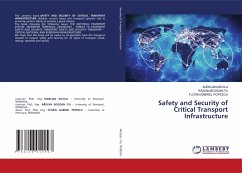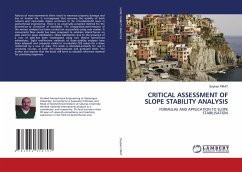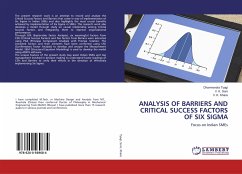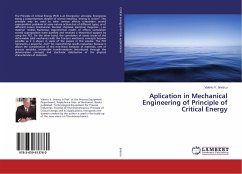
Critical State of Sands
From Triaxial and Ring Shear Tests
Versandkostenfrei!
Versandfertig in 6-10 Tagen
79,00 €
inkl. MwSt.

PAYBACK Punkte
0 °P sammeln!
The present study investigates the shearing behavior of sands pertinent to liquefaction and critical state soil mechanics using an improved ring shear apparatus designed and constructed at the University of Illinois. Undrained/constant volume and drained triaxial compression and ring shear tests (sheared to about 30 m of shear displacement) were performed on two clean sands and one silty sand. Shear displacements localized when the peak friction angle was mobilized and subsequent shear displacements occurred only within the shear band which was 10 to 14 times median particle diameter, thick. C...
The present study investigates the shearing behavior of sands pertinent to liquefaction and critical state soil mechanics using an improved ring shear apparatus designed and constructed at the University of Illinois. Undrained/constant volume and drained triaxial compression and ring shear tests (sheared to about 30 m of shear displacement) were performed on two clean sands and one silty sand. Shear displacements localized when the peak friction angle was mobilized and subsequent shear displacements occurred only within the shear band which was 10 to 14 times median particle diameter, thick. Considerable particle damage and crushing was observed within the shear band, particularly for dilative specimens, which led to volumetric contraction in the shear band. The critical state line (corresponding to the critical state after particle damage and crushing was complete) was much steeper and plotted below conventional critical state lines in the void ratio - effective stress space measured using triaxial tests. Both dense and loose sands reached this final state. Accordingly, two definitions for critical state of sands with and without particle damage are proposed.












